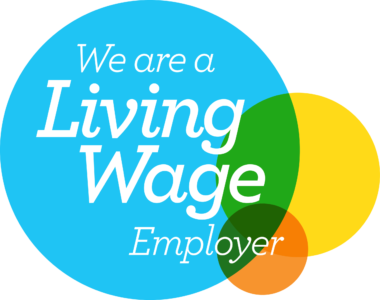Birketts Tax Team consists of specialist lawyers that advise businesses and business owners on a wide variety of transactions and planning opportunities.
Our clients include entrepreneurs, private equity and venture capital funds, financial institutions, owner-managed and privately owned businesses, as well as international investors and public companies.
The Team advises clients across a range of sectors and at different stages in the business life cycle: from start-ups to mergers and acquisitions, buy-outs and buy-ins, asset sales and fundraisings (including tax incentivised investments).
Our lawyers provide structuring advice to both shareholders and their companies, ensuring that future plans are considered, future generations are catered for, and employees are suitably incentivised.
Although many businesses continue with little change over many years, market changes and changes in ownership can mean that this is not possible. If you wish to dispose of part of your business, or split different trades between shareholders, we can advise on the tax consequences of reorganisations, demergers and share buybacks. Whatever structure adopted our underlying aim is to assist the shareholders to move forward, whilst allowing the underlying business to go from strength to strength.
Our lawyers are highly regarded and successfully deliver complex advice in a timely and commercial manner.
We regularly advise in relation to:
- Structuring – it is important that businesses consider their future needs and structure their affairs accordingly to allow a degree of flexibility where required.
- Reorganisations, Demergers and Restructurings (including company purchase of own shares) – we advise companies and their shareholders on the tax consequences of their restructuring plans to allow the commercial requirements of the business itself, and its shareholders, to be met in a tax efficient manner.
- Share sales and purchases – the team advises on the tax consequences of share sales and purchases including, but not limited to, drafting and negotiating tax warranties and tax covenants.
- Seed Enterprise Investment Scheme (SEIS) and Enterprise Investment Scheme (EIS) – we advise companies on their eligibility to raise investment under these tax incentivised schemes, including obtaining confirmation from HMRC that proposals satisfy SEIS and / or EIS criteria.
- Tax Clearances – in addition to tax clearances obtained in relation to SEIS and EIS, we regularly obtain clearances in relation to share for share exchanges, stamp duty reliefs and share buy backs and have had success where other advisers have not been able to obtain a positive response from HMRC.
- Business sales and purchases – the team advises on the tax consequences of both sales and purchases including considering the VAT, transfer of a going concern (TOGC) rules, capital allowances and stamp duty land tax.
Key Contacts
Accreditations
Legal 500 [UK 2025]
Top Tier Firm
The team quickly understood the challenge we had and provided a workable solution in a timely manner.
Legal 500 [UK 2023]












